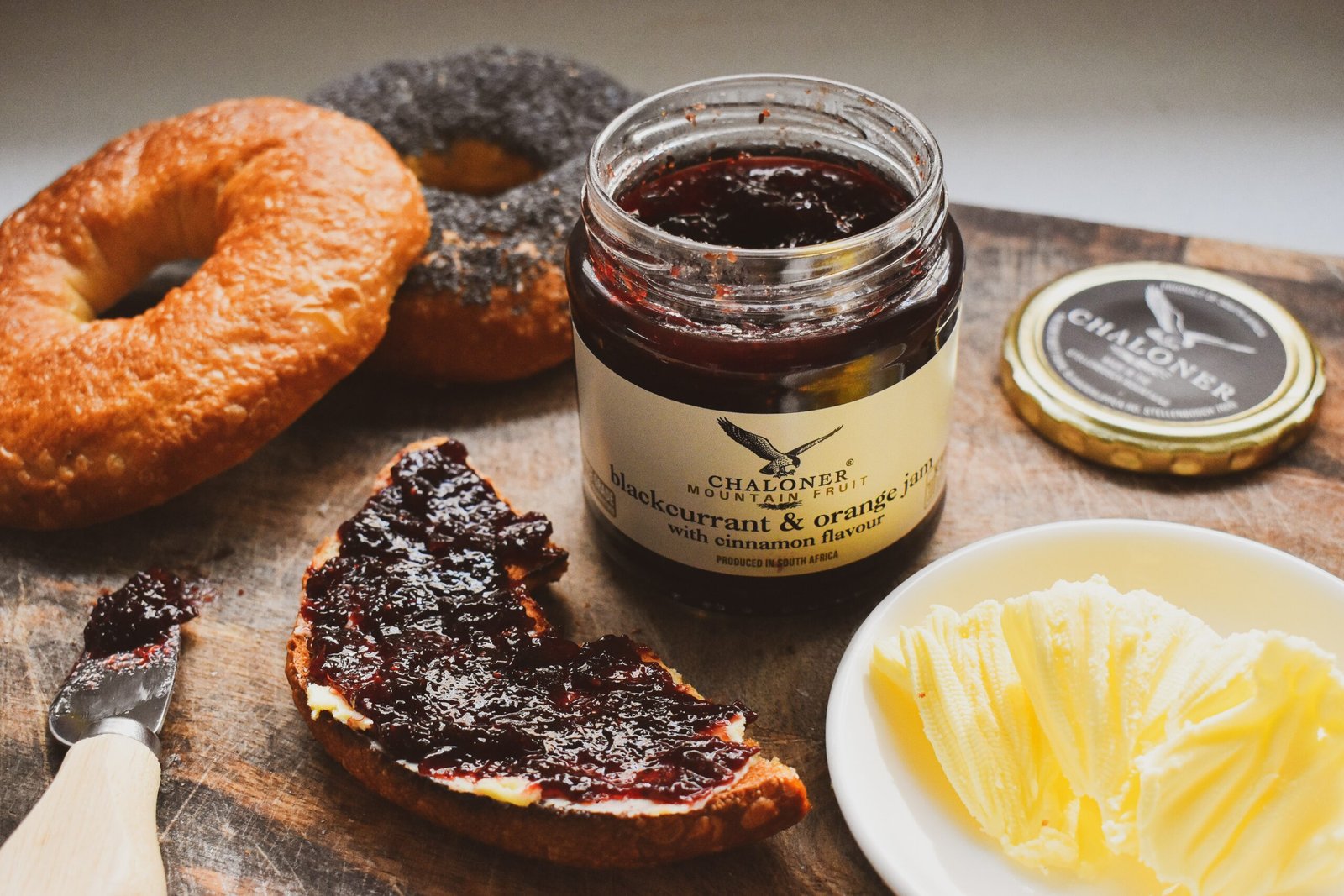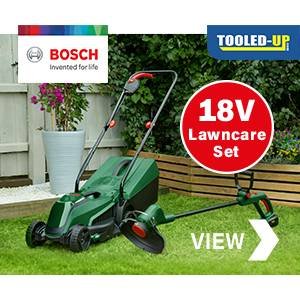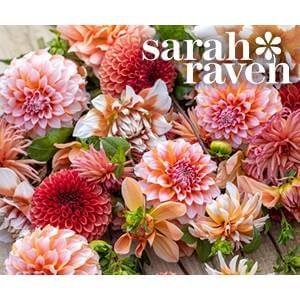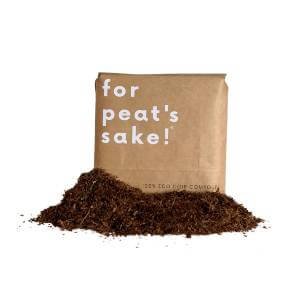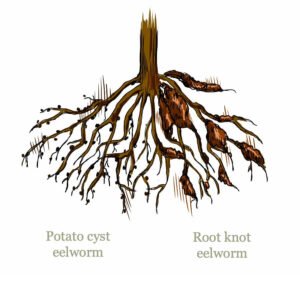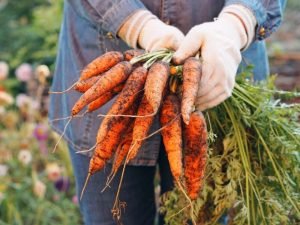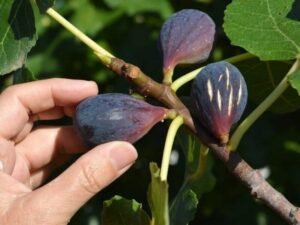Introduction
Welcome to the ultimate guide on how to grow delicious and nutritious blackcurrants right in your own backyard in the UK. Blackcurrants are a fantastic addition to any garden, providing you with a bountiful harvest of tangy berries that can be used in a variety of culinary delights. In this step-by-step guide, we will cover everything you need to know to successfully grow blackcurrants and enjoy a fruitful harvest.
Why should I grow Blackcurrant?
Growing blackcurrants offers numerous benefits. Not only are these berries packed with vitamins and antioxidants, but they also add a burst of flavor to your dishes. Blackcurrants are versatile and can be used in jams, jellies, pies, smoothies, and even savory dishes. Additionally, cultivating your own blackcurrant bushes allows you to have complete control over the growing process, ensuring that you are consuming organic and pesticide-free fruit.
Where is the ideal location to grow Blackcurrant?
Blackcurrants thrive in a sunny location, preferably with at least six hours of direct sunlight each day. They also prefer a sheltered spot to protect them from strong winds. When choosing a location, ensure that the soil is well-draining to prevent waterlogged roots.
Soil type and preparing the soil
Blackcurrants prefer a slightly acidic soil with a pH level between 6 and 6.5. Before planting, it’s important to prepare the soil by removing any weeds and incorporating organic matter such as compost or well-rotted manure. This will improve the soil’s fertility and drainage, creating an optimal environment for your blackcurrant bushes to thrive.
Watering tips and hints
Blackcurrants require regular watering, especially during dry spells. It’s important to keep the soil consistently moist, but not waterlogged. Aim to water deeply, ensuring that the water reaches the root zone. Mulching around the base of the plants can help retain moisture and suppress weeds.
Sowing and planting Blackcurrant
Blackcurrants can be grown from cuttings, which is the most common method. You can also grow them from seeds, but this method requires more time and patience. To propagate from cuttings, select healthy young stems in late autumn or early spring. Make a clean cut just below a bud and plant the cutting in a pot filled with well-draining compost. Keep the cutting in a sheltered spot until it develops roots, then transplant it into its permanent position.
How to grow Blackcurrant from seed
If you choose to grow blackcurrants from seeds, start by collecting ripe berries and removing the seeds. Soak the seeds in water for 24 hours to soften the seed coat. Sow the seeds in pots filled with seed compost and cover them lightly with soil. Keep the pots in a warm and sunny spot, ensuring that the soil remains moist. Once the seedlings have developed a few true leaves, they can be transplanted into individual pots.
How to plant out Blackcurrant – general care for Blackcurrant
When planting blackcurrants, ensure that the soil is well-prepared and free from weeds. Dig a hole slightly larger than the root ball and place the plant in, making sure that the bud union is level with the soil surface. Backfill the hole and firm the soil gently around the plant. Water thoroughly after planting. Throughout the growing season, provide regular feeding with a balanced fertilizer and prune the bushes in late winter to promote healthy growth.
How to harvest Blackcurrant
Blackcurrants are ready to be harvested when they turn fully black and have a slightly soft texture. Gently hold the bunches and pull them away from the plant. Avoid squeezing the berries too tightly to prevent damage. Harvesting is typically done in mid-summer, and it’s best to pick the berries when they are dry to prevent spoilage.
How to store Blackcurrant
Freshly harvested blackcurrants can be stored in the refrigerator for up to a week. For longer storage, consider freezing the berries. Simply spread them out on a baking sheet and place them in the freezer until frozen. Once frozen, transfer the berries to a freezer bag or container. Frozen blackcurrants can be used in smoothies, desserts, and other recipes throughout the year.
Problems to growing blackcurrant including common pests and diseases
Blackcurrants are relatively easy to grow, but they can be susceptible to certain pests and diseases. Common pests include aphids, caterpillars, and sawflies. Regularly inspect your plants and take appropriate action if you notice any infestations. Diseases such as powdery mildew and leaf spot can also affect blackcurrants. Proper pruning, good air circulation, and maintaining overall plant health can help prevent and manage these issues.
Where to buy Blackcurrant
Blackcurrant plants can be purchased from local nurseries, garden centers, or online suppliers. It’s important to choose healthy, disease-free plants from reputable sources. Consider selecting varieties that are well-suited to your local climate and soil conditions.
What are the best Blackcurrant varieties to grow and why?
Some popular blackcurrant varieties in the UK include ‘Ben Connan’, ‘Ben Sarek’, and ‘Ebony’. These varieties are known for their high yields, disease resistance, and excellent flavor. ‘Ben Connan’ is particularly suitable for smaller gardens, while ‘Ben Sarek’ is a compact variety ideal for container growing. ‘Ebony’ is prized for its large berries and intense flavor.
What tools will I need to grow blackcurrant?
When it comes to growing blackcurrants, you won’t need any specialized tools. However, a few basic gardening tools will come in handy. These include a spade or garden fork for soil preparation, a pair of pruning shears for maintenance, and a watering can or hose for regular watering.
Conclusion
Growing your own blackcurrants is a rewarding experience that allows you to enjoy the flavors of summer throughout the year. By following the steps outlined in this guide, you’ll be well on your way to cultivating healthy blackcurrant bushes and harvesting a plentiful supply of these delicious berries. Whether you have a large garden or limited space, blackcurrants can be grown successfully in pots or directly in the ground. So, get started today and savor the sweet rewards of your own homegrown blackcurrants!
Frequently Asked Questions
Q: Can I grow blackcurrants in pots?
A: Yes, blackcurrants can be grown in pots. Choose compact varieties and ensure that the pots are large enough to accommodate the root system.
Q: How long does it take for blackcurrants to bear fruit?
A: Blackcurrants typically start bearing fruit within 2-3 years of planting.
Q: Can I grow blackcurrants from cuttings?
A: Yes, blackcurrants can be easily propagated from hardwood cuttings taken in late autumn or early spring.
Q: Are blackcurrants easy to grow?
A: Yes, blackcurrants are relatively easy to grow, making them an excellent choice for both novice and experienced gardeners.
Q: How do I prune blackcurrant bushes?
A: Prune blackcurrant bushes in late winter or early spring by removing any dead, damaged, or crossing branches. This will encourage new growth and maintain the overall health of the plant.
Keywords: growing blackcurrant, growing blackcurrants, growing blackcurrants in a pot, growing blackcurrant bushes in pots, growing blackcurrants from cuttings, growing blackcurrants in pots uk, growing blackcurrants from seed.


